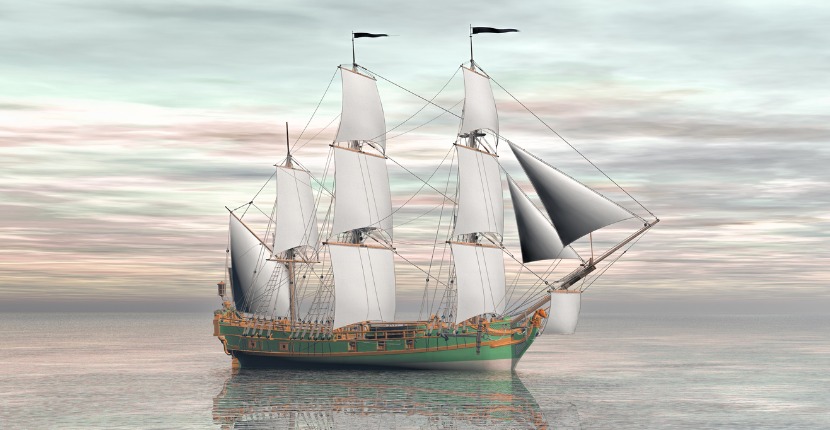The last slave ship researchers believe to arrive in the United States from Africa has been discovered after an investigation that took more than a year, says the Alabama Historical Commission. The remains of the ship, called Clotilda, were found at the bottom of the Mobile River in Alabama. It had operated illegally and was sunk in 1860 to hide evidence one year before the Civil War broke out.
“They had been waiting for this for a long time,” Alabama Historical Commission Chairman Walter Givhan told NPR. “They were jubilant.” Researchers had long searched for a ship that was reportedly scuttled in the waters around Mobile. From February to July 1860, the Clotilda conveyed 110 people from present-day Benin to the shores of Mobile, despite a U.S. law banning the import of slaves.
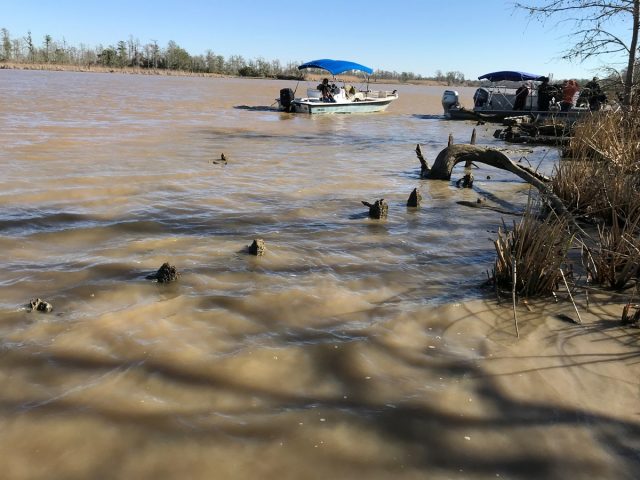
The Clotilda was “a wooden vessel…that carried 110 Africans to the United States in 1860, more than a half-century after the importation of slaves was declared illegal,” reported The New York Times. “The find, historians said, revives a story of unspeakable cruelty, but also the story of a people who somehow survived this indignity and many others like it.”
The last voyage of the Clotilda to Mobile Bay, Alabama, “represented one of the darkest eras of modern history,” Lisa Demetropoulos Jones, the commission’s executive director, said in a statement. “This new discovery brings the tragedy of slavery into focus while witnessing the triumph and resilience of the human spirit in overcoming the horrific crime that led to the establishment of Africatown,” Jones continued.
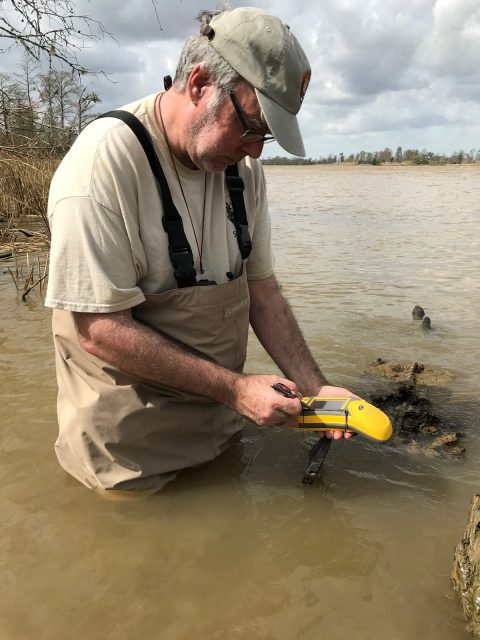
The Clotilda was discovered by the archaeology firm company Search Inc, which was recruited to help the cause by the Alabama Historical Commission, says the National Geographic Society, which provided input to this effort. Also participating was the National Park Service and the Slave Wrecks Project, a multinational group researching the slave trade.
Related Video:
https://youtu.be/30mwhnZ2XeI
“African-American history is also finding powerful new expression in the National Museum of African American History and Culture, which opened in Washington in 2016,” said The New York Times.
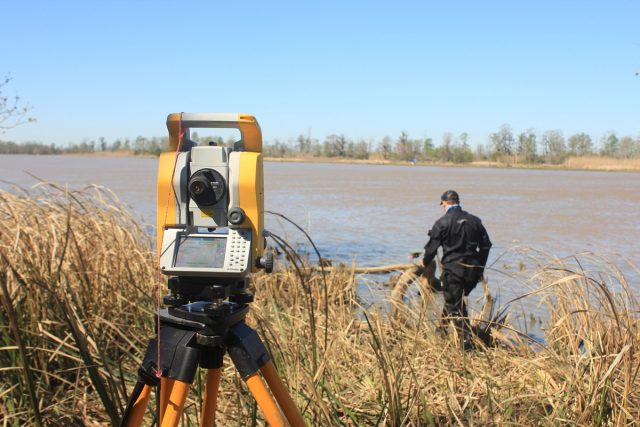
After the Civil War, some survivors of the Clotilda formed a Mobile community that became known as Africatown. The announcement of the ship’s identity comes a year after another claim that the historic vessel had been discovered, which turned out to be premature. Researchers said the wreck identified on May 23, 2019, showed signs of burns, which bore out the evidence in archival records.
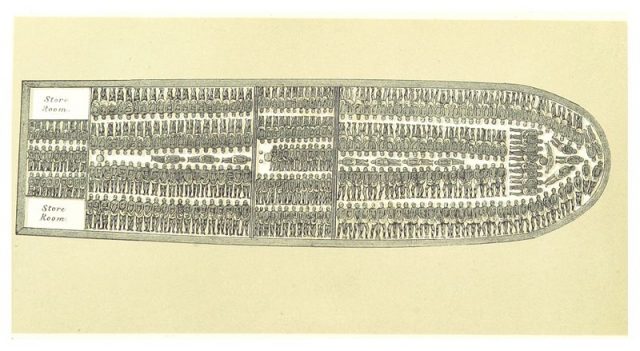
“We are cautious about placing names on shipwrecks that no longer bear a name or something like a bell with the ship’s name on it,” team leader James Delgado said in a statement, “but the physical and forensic evidence powerfully suggests that this is Clotilda.”
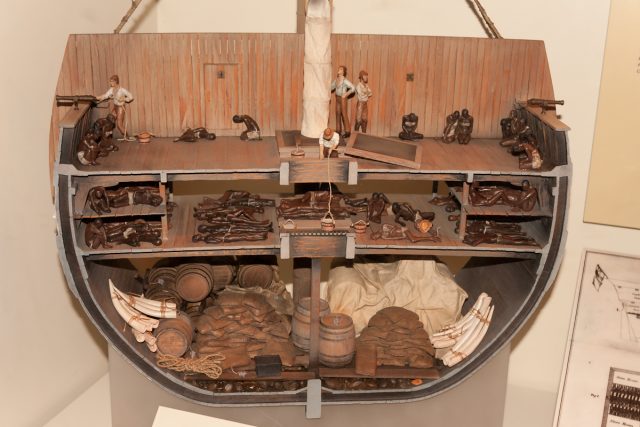
Accessing the wreck presented many risks and dangers, Delgado said. “There was pitch-black and fast-moving water, shattered timber, and visits from water moccasins and alligators,” he told NPR.
In Africatown, the former slaves preserved their language and folkways. Generations later, many residents of that area north of Mobile take pride in being descendants of Africatown’s original population. Alabama officials want the wreck connected to Africatown to best remember what took place.
“This is so huge. This could be one of the top tourist attractions in the world once everything is developed in that community,” state Sen. Vivian Davis Figures said to Al.com.
Related Article: Last Known Survivor of U.S. Slave Ships Identified in New Research
Figures, who announced the discovery on the state Senate floor, said it was a moment she’d been waiting for since her first boat trip into the delta with researchers hunting for the vessel. “I knew it was out there,” she said. “It was like you could feel the souls of those people.”
Nancy Bilyeau, a former staff editor at Entertainment Weekly, Rolling Stone, and InStyle, has written a trilogy of historical thrillers for Touchstone Books. Her new book, The Blue, is a spy story set in the 18th-century porcelain world. For more information, go to www.nancybilyeau.com
